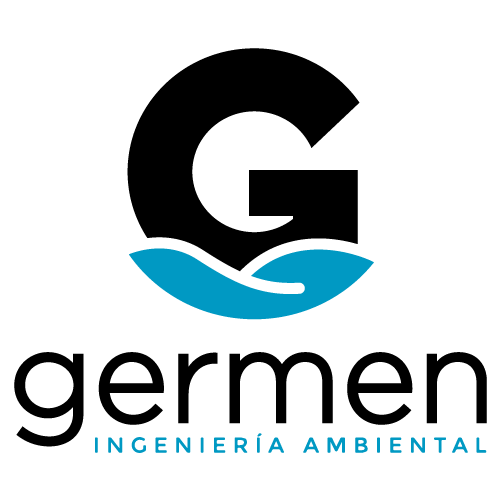ASTM E1527 is a widely used standard for assessing environmental contamination in industrial, commercial, and residential properties. The new phase of the standard, ASTM E1527-21, has recently been adopted and brings with it significant changes to the assessment process. In this article, we will examine the most significant changes in the new standard and discuss how these will impact the environmental contamination assessment industry.
The ASTM E1527-21 standard offers greater accuracy and efficiency in identifying contaminants in soil and groundwater, and allows environmental investigation professionals to conduct a more thorough and detailed evaluation of the property.
Some of the advantages include:
- A more thorough evaluation of the property, including a review of public records and an investigation of nearby sites.
- The inclusion of new contaminants in the list of substances to be investigated.
- The ability to use new technologies and research methods to identify contaminants.
The ASTM E1527-21 standard is applied during the environmental investigation phase of a property. During this process, a thorough review of public records is conducted, nearby sites are investigated, and a physical assessment of the property is performed. Once the investigation phase is complete, environmental investigation professionals use the results to determine whether contaminants exist in the soil or groundwater and whether additional steps need to be taken to protect human health and the environment.
Improvements in pollution identification
One of the most important improvements in the new rule is the identification of contamination. The new rule requires a more thorough and detailed investigation of the history of land use and activities that may have contributed to environmental contamination. This includes the review of government and industry records, as well as the evaluation of technical reports and environmental studies.
In addition, the new rule requires evaluators to consider a wide range of factors, including the property's location, geological and geomorphological features, and potential sources of contamination in the surrounding area.
What are the main changes in ASTM E1527-21?
Major changes to ASTM E1527-21 include:
- Changes in the definition of “environmentally recognized condition” (ERC)
- Increased focus on intrusive vapor assessment
- Greater emphasis on identifying sources of historical contamination
- Update to the section on government records
- Greater emphasis on assessing neighboring property
These changes are important for environmental assessment practitioners as they affect the way environmental assessment is conducted and the way environmental risks are identified and assessed.
What is an Environmentally Recognized Condition (ERC)?
An environmentally recognized condition (ERC) is a condition at a site that indicates the presence or potential presence of hazardous or toxic substances on the property. The new version of the E1527-21 rule changes the definition of ERC to include:
- A wider range of hazardous or toxic substances
- Hazardous or toxic substances on neighboring property
- Assessing exposure to CRE
This change broadens the definition of CRE and increases the scope of the environmental assessment.
What is intrusive vapor and why is it important?
Intrusive vapour is an environmental risk that can affect the air quality in a property. It occurs when underground gases infiltrate buildings through cracks and other entry points. Assessing intrusive vapour is important because it can affect the air quality in a property, which in turn can have negative effects on the health of people working or living in the building.
The new version of ASTM E1527-21 gives increased attention to the evaluation of intrusive vapor and requires that a thorough assessment of the risks associated with this condition be conducted. Evaluators must identify the sources of intrusive vapors, assess the degree of exposure to building occupants, and determine the mitigation measures necessary to minimize the risks associated with this condition. This ensures that the necessary steps are taken to protect the health and safety of people working or living in the assessed property.
More rigorous assessment of pollution
The new rule requires a more rigorous assessment of environmental contamination. This includes more extensive soil and water testing and consideration of a broader range of contaminants, including those that have not been assessed in the past.

In addition, the new standard requires assessors to consider the potential effects of contamination on human health and the environment, and to provide a more detailed assessment of the risks associated with contamination.
Improvements in the communication of results
The new standard also includes improvements to the communication of environmental contamination assessment results. Assessors must provide a clear and concise description of the findings and must include a detailed assessment of the risks associated with the contamination.
What does this mean for commercial and residential property owners?
The new ASTM E1527-21 standard is good news for industrial, commercial, and residential property owners. Implementing this standard ensures a more thorough and accurate assessment of the property, helping to protect human health and the environment. Additionally, by providing a more thorough assessment, property owners can gain more information about the property and make informed decisions about its future use.
On the one hand, property owners must ensure that their properties meet the new requirements of the standard, which may require additional assessments. On the other hand, buyers must take the new standard into account when evaluating the environmental safety of a property before making a purchase.
Conclusion
In conclusion, the new ASTM E1527-21 standard is a major change in the environmental assessment industry that has significant implications for property owners and buyers. It is crucial for property owners to ensure compliance with the new requirements and for buyers to assess the environmental safety of a property before making a purchase. This standard is a step towards a safer and more sustainable future, where the protection of human health and the environment is guaranteed.



1 comment
Hola buenos dias, disculpa en donde puedo adquirir esta norma.